It's definitely possible in arrayformula.
Using vlookup, a sequence of numbers for the search key:
=arrayformula(sequence(max(if(A:E<>"",row(A:A),))-1,columns(A:E)))

...and a range of columns that are sorted by each row of numbers:
=arrayformula({
sequence((max(if(A:E<>"",row(A:A),))-1)*columns(A1:E1)),
sort({
array_constrain(int((row(A2:A)-2)/(columns(A:E)))+1,(max(if(A:E<>"",row(A:A),))-1)*columns(A1:E1),1),
array_constrain(iferror(split(flatten(if(A2:E<>"",A1:E1&char(9999),)&A2:E),char(9999)),),(max(if(A:E<>"",row(A:A),))-1)*columns(A1:E1),2)
},1,1,3,0)
})

The final formula for the solution, in cell G2:
=arrayformula(
array_constrain(
vlookup(
sequence(max(if(A:E<>"",row(A:A),))-1,columns(A:E)),
{sequence((max(if(A:E<>"",row(A:A),))-1)*columns(A1:E1)),sort({array_constrain(int((row(A2:A)-2)/(columns(A:E)))+1,(max(if(A:E<>"",row(A:A),))-1)*columns(A1:E1),1),array_constrain(iferror(split(flatten(if(A2:E<>"",A1:E1&char(9999),)&A2:E),char(9999)),),(max(if(A:E<>"",row(A:A),))-1)*columns(A1:E1),2)},1,1,3,0)}
,3,0),
max(if(A:E<>"",row(A:A),))-1,3)
)

It will work with blank cells in some of the rows.
The width of the source data is determined by:
=columns(A1:E1)
and the height of the source 'numbers' by:
=max(if(A:E<>"",row(A:A),))-1 (it needs to sit within an arrayformula).




